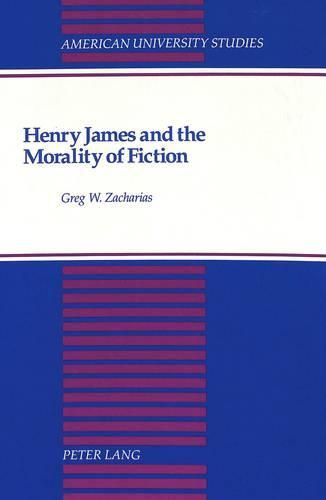Readings Newsletter
Become a Readings Member to make your shopping experience even easier.
Sign in or sign up for free!
You’re not far away from qualifying for FREE standard shipping within Australia
You’ve qualified for FREE standard shipping within Australia
The cart is loading…






Henry James and the Morality of Fiction explores what James terms in the criticism, expresses in his letters and Notebooks, and represents in character relations as the morality of fiction. Based on an analysis of figures of speech which recur throughout James’ non-fiction writing at moments when moral issues come sharply into focus, Henry James and the Morality of Fiction investigates those figures as elements of characterization in six novels from Roderick Hudson to The Golden Bowl. Each novel is seen as representative of a distinct phase of James’ career through the way it expresses his attitudes on the relation of ethical responsibility to the individual and society through character. Overall, the study is both aesthetic and social: its aesthetic component lies in its analysis of James’ style; its social component flows from a definition of the ethical perspective expressed by the style.
$9.00 standard shipping within Australia
FREE standard shipping within Australia for orders over $100.00
Express & International shipping calculated at checkout
Henry James and the Morality of Fiction explores what James terms in the criticism, expresses in his letters and Notebooks, and represents in character relations as the morality of fiction. Based on an analysis of figures of speech which recur throughout James’ non-fiction writing at moments when moral issues come sharply into focus, Henry James and the Morality of Fiction investigates those figures as elements of characterization in six novels from Roderick Hudson to The Golden Bowl. Each novel is seen as representative of a distinct phase of James’ career through the way it expresses his attitudes on the relation of ethical responsibility to the individual and society through character. Overall, the study is both aesthetic and social: its aesthetic component lies in its analysis of James’ style; its social component flows from a definition of the ethical perspective expressed by the style.